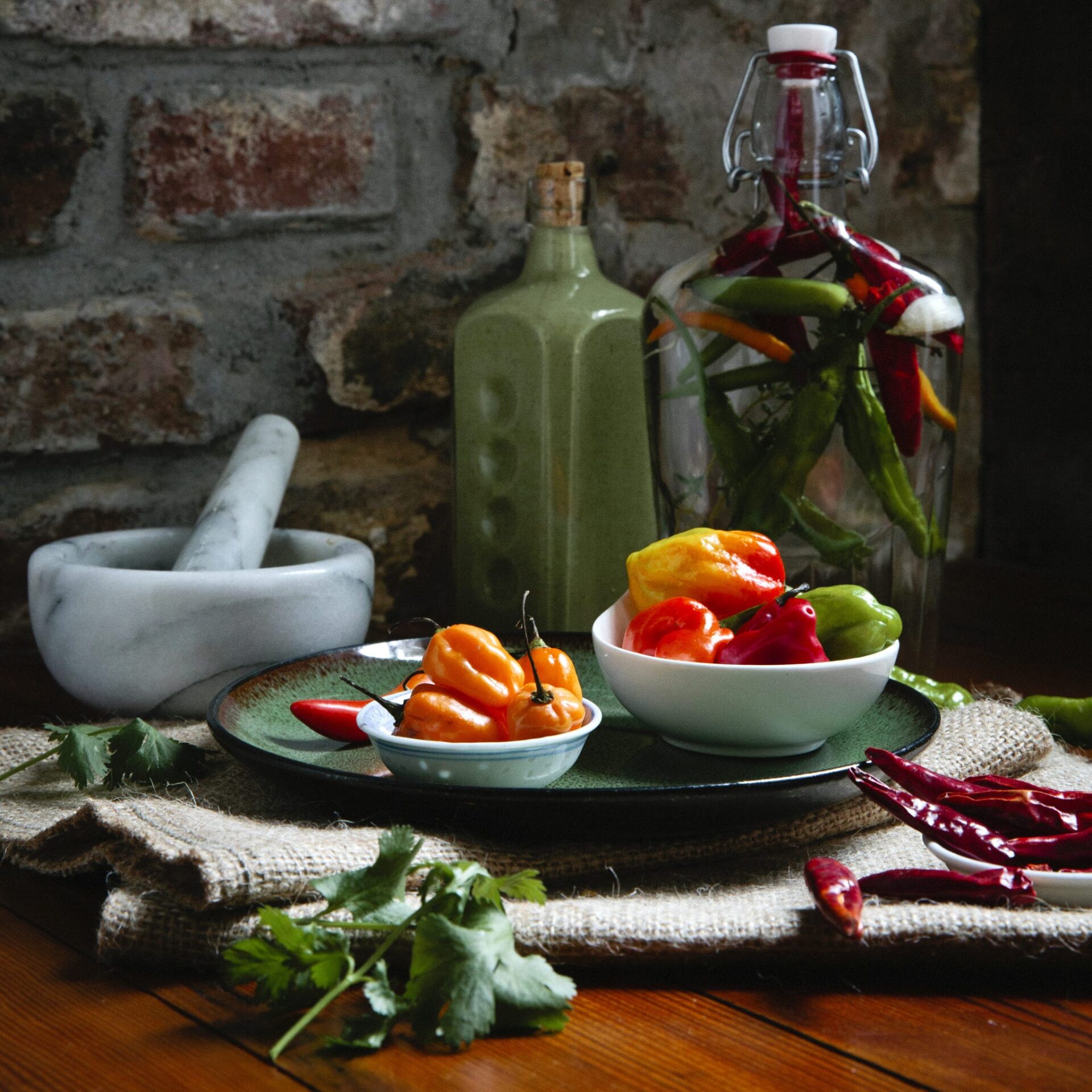It turns out hot sauce is (dare I say) an easy thing to make. All it takes is access to peppers and fresh ingredients (check out your farmers market and local supermarkets—you might be surprised at the range of hot chiles available). It also takes a little patience if you are fermenting your peppers, some experimentation, and a good blender. And you mustn’t forget gloves, as I found out after cutting up some habaneros with bare hands and experiencing a distinct burning sensation in my fingertips for the next six hours. I heard somewhere that climbers attempting to summit Everest line their boots with chile peppers to stave off frostbite. Oh, and be sure to remember not to rub your eye or scratch your nose or…well, just try not to touch anything or anyone until you’ve thoroughly washed your hands after handling peppers.
OUR FAVORITE HOT SAUCE RECIPES
Bourbon Chipotle Hot Sauce
Cilantro Lime Cream Sauce
Fermented Fresno Hot Sauce
Habanero Peach Hot Sauce
Holy Hell Hot Sauce
Hot Sauce for Tacos
Nose Dive Hot Sauce
“XXX” Sauce
There are those who think of hot sauce as a game, but I’ll venture to say most of us prefer taste to pain. The best sauces add layers of heat without crucifying your taste buds, melting your esophagus, blasting your sinuses, or making your hair stand on end. The best sauces use natural heat as an instrument in a culinary orchestra. The best sauces capitalize on the virtues of the pepper itself, be it the fruity fire of the Scotch Bonnet or habanero, the vegetal overtones of the Serrano, or the smoky, earthy-sweet notes of the chipotle. The best sauces blend ingredients that both complement and balance the heat itself. The best sauces leave you wanting more.
Peppers that bring the heat
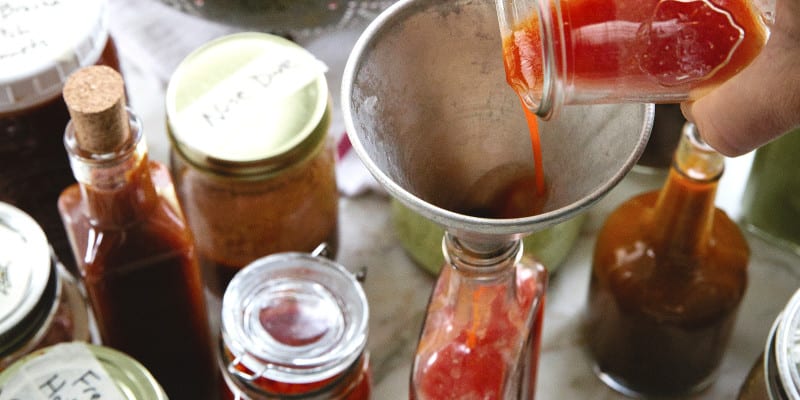
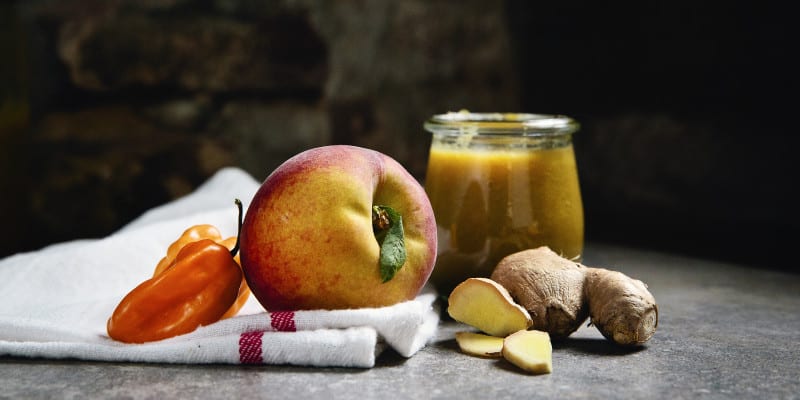
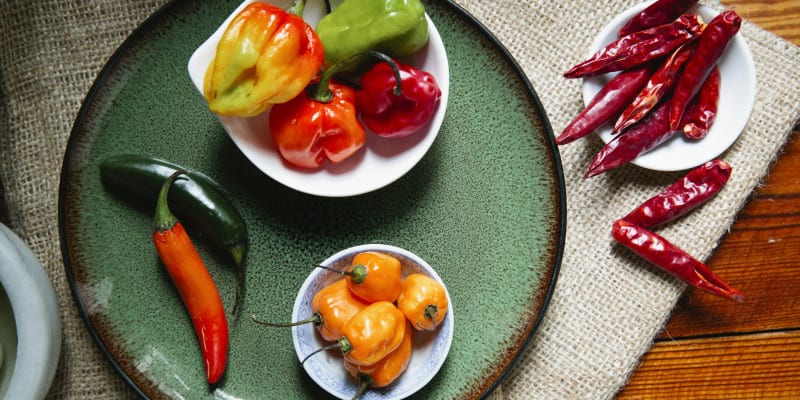
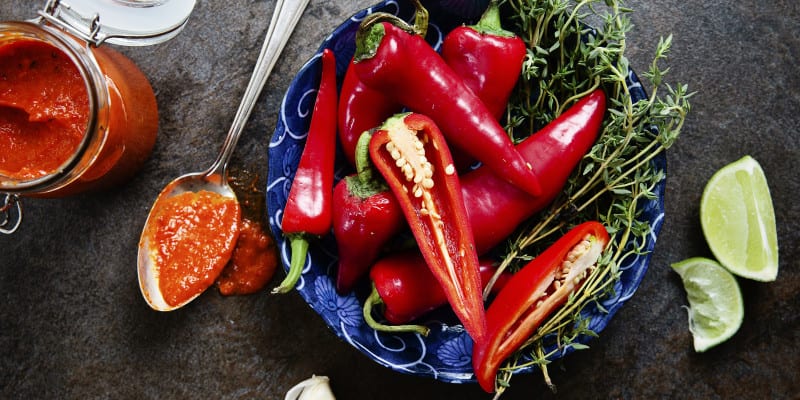
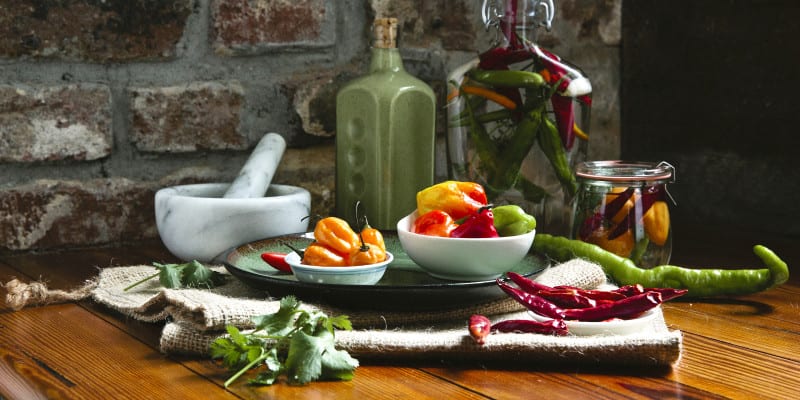
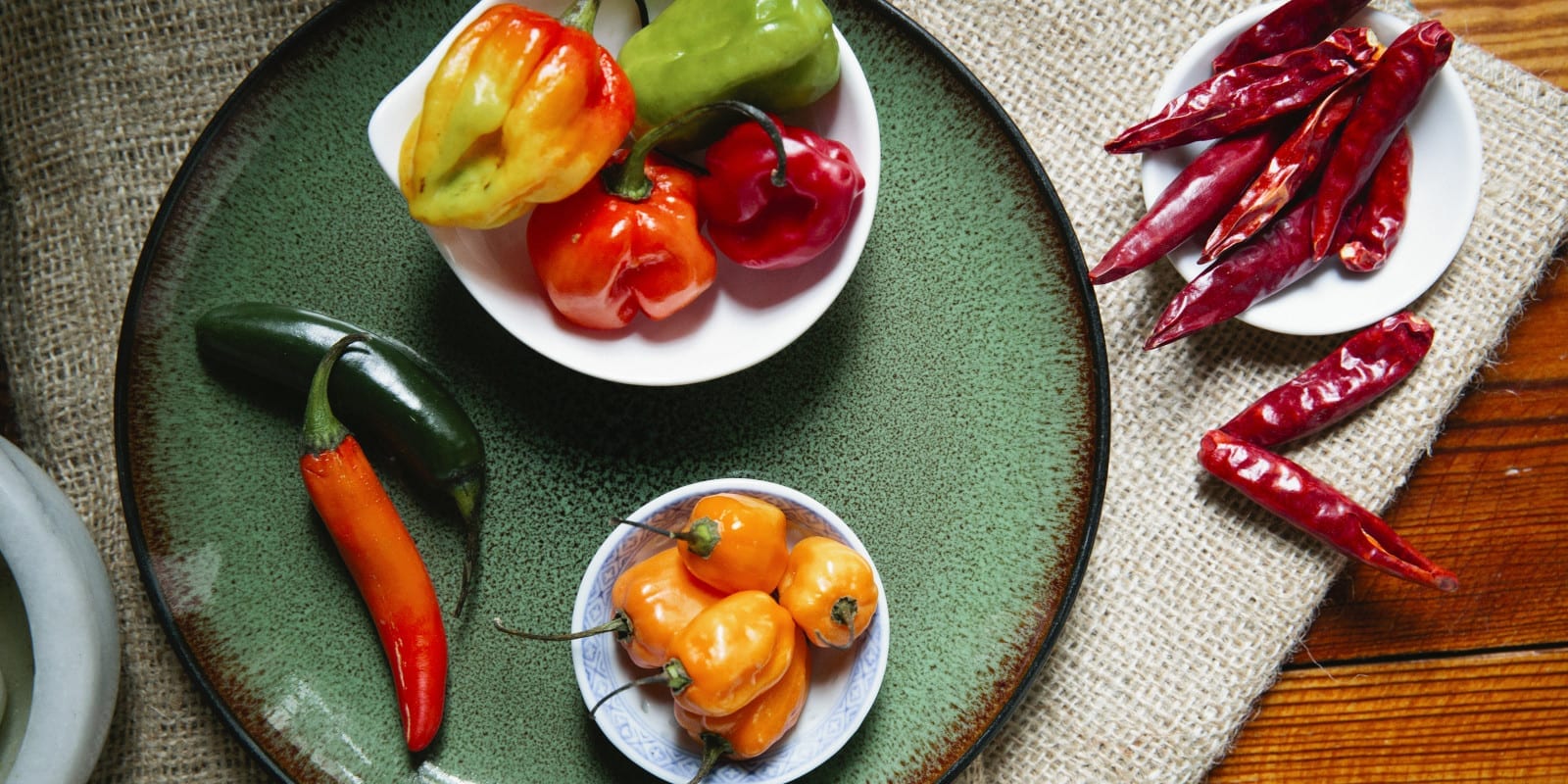
share
trending content
-
Bourbon Chipotle Sorghum Hot Sauce
by Hannah Lee Leidy -
Habanero Peach Hot Sauce
by Hannah Lee Leidy -
Holy Hell Hot Sauce
by Hannah Lee Leidy -
“XXX” Sauce
by Hannah Lee Leidy -
Cilantro Lime Cream Sauce
by Hannah Lee Leidy
More From Key Ingredient
-
Key Ingredient: Preserved Lemons
-
Key Ingredient: How Do You N’duja?
-
In Season: Persimmons
-
Key Ingredient: No Small Peanuts
-
Key Ingredient: Barbecue Pickled Cabbage





